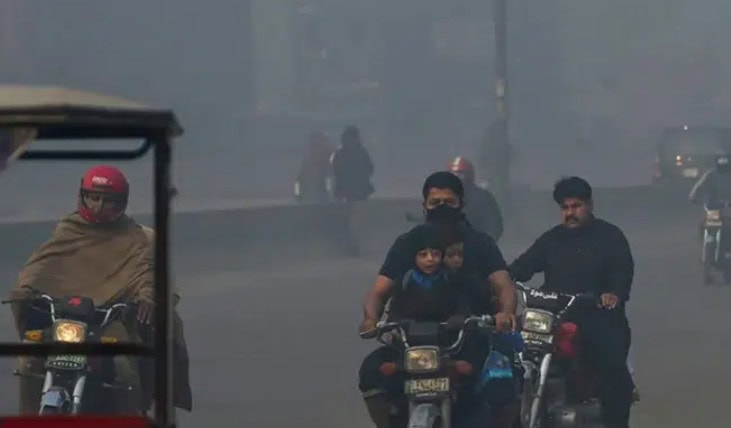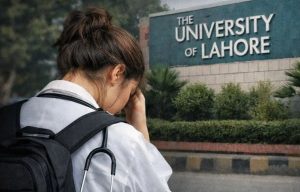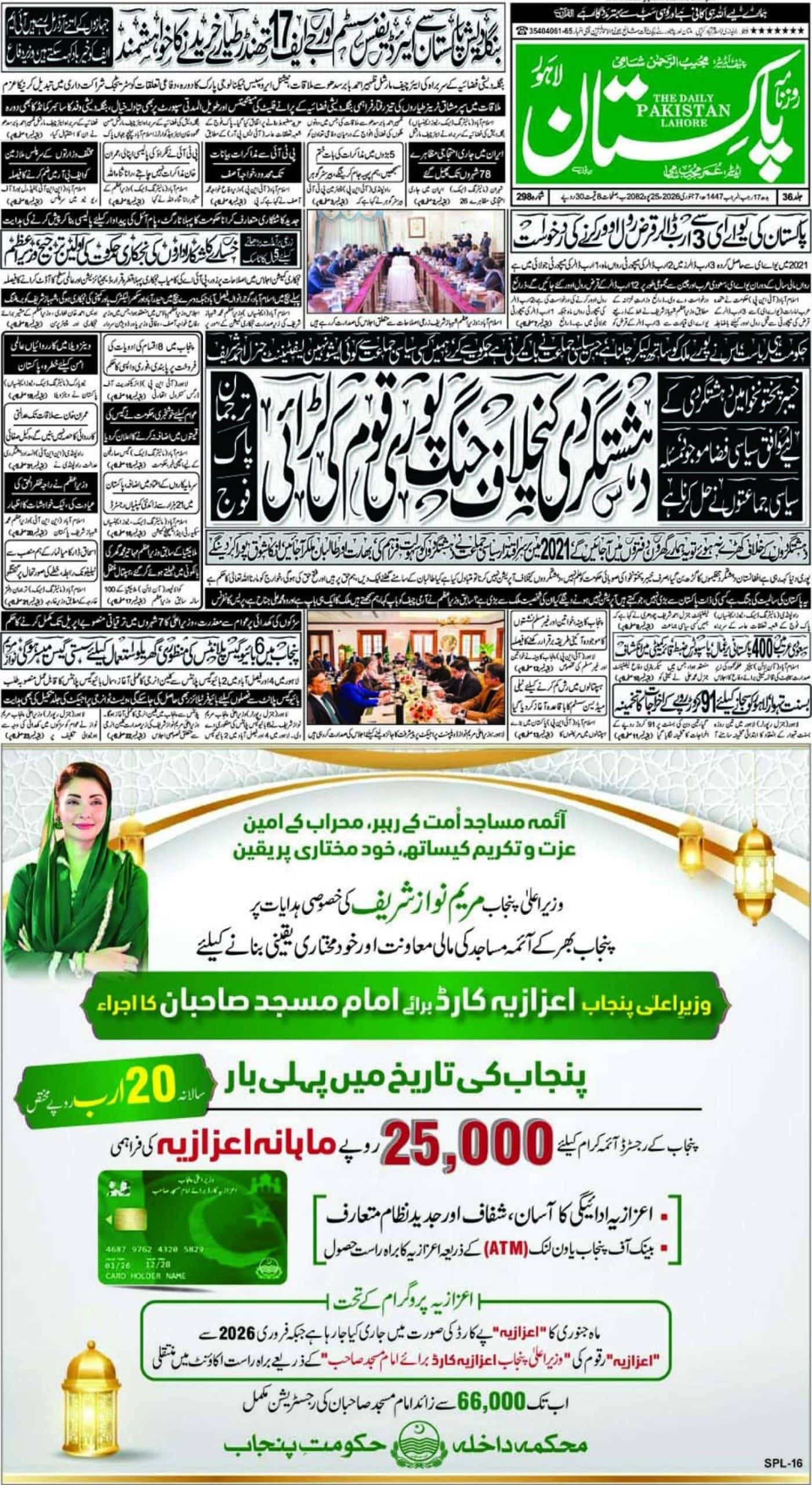The government of Punjab has launched a far-reaching roadmap to tackle the growing air pollution crisis, as Lahore’s Air Quality Index (AQI) stood at an alarming 151. The province, which contributes over 50% of Pakistan’s population and GDP, faces worsening air quality, particularly from October to January, when smog engulfs major cities, turning it into Punjab’s so-called “fifth season.”
Understanding the Crisis
Punjab’s urban and industrialized centers, especially Lahore, are seeing significant spikes in pollution levels due to climate-induced changes, such as low wind speeds, temperature inversions, and high humidity. These factors, combined with increasing vehicular and industrial emissions, have led to a sharp decline in air quality. Lahore, once known as the “City of Gardens,” is now plagued by smog so severe that its AQI often exceeds 300 during the peak smog season in November and December, far above safe levels recommended by the World Health Organization (WHO).
A recent emission inventory highlighted that biomass and coal combustion contribute significantly to particulate matter, while liquid fuels are major sources of carbon monoxide (CO), sulfur dioxide (SO₂), and nitrogen oxides (NOx). From 1990 to 2020, pollution levels have increased 3.5 times, underscoring the urgent need for action.
Government’s Smog Mitigation Plan
The Punjab government has adopted a three-phase approach for combating smog:
Phase 1: Committees were established early in 2024 to devise actionable strategies. Relevant departments were tasked with enforcing regulations and taking preventive measures.
Phase 2: Focused on stringent enforcement in high-emission sectors such as brick kilns and industrial units to ensure compliance with environmental laws.
Phase 3: Concentrates on minimizing smog severity during the peak season, particularly from October to February.
Key Initiatives
Under the leadership of Chief Minister Maryam Nawaz, the government has rolled out a series of initiatives to improve air quality:
- Smog-Less Punjab Initiative: Aims to reduce pollution through improved mass transit systems, industrial monitoring, and eco-friendly urbanization efforts.
- Green Punjab Android App & Smog Helpline: Developed to engage the public and monitor environmental changes in real time.
- Mera Punjab Smog-Free Internship Program: Encourages youth participation in environmental awareness and smog mitigation efforts.
In addition, the government is leveraging advanced technologies, including drones, camera-mounted mobile units, and thermal monitoring, to keep a close watch on high-pollution areas and enforce regulations.
Sector-Specific Measures
Each sector has been tasked with contributing to the overall smog reduction plan:
- Agriculture: The government is addressing stubble burning, a major contributor to smog, by providing farmers with super seeders and rice shredders to manage crop residue sustainably.
- Transport: The introduction of 8,200 electric bikes and stricter vehicle inspections are part of the effort to reduce vehicular pollution.
- Industry: A crackdown on tire pyrolysis plants and the transition of brick kilns to zig-zag technology are key industrial measures to cut emissions.
As Lahore continues to grapple with hazardous smog levels, the Punjab government’s comprehensive response plan aims to not only curb emissions but also improve the overall health and well-being of its citizens. With a focus on strategic planning, enforcement, and public engagement, the roadmap seeks to clear the skies over Punjab and restore its environmental balance.
The success of these efforts will depend on collaboration between the government, industry, and the public in combating the complex factors contributing to smog, ensuring a sustainable future for all.














